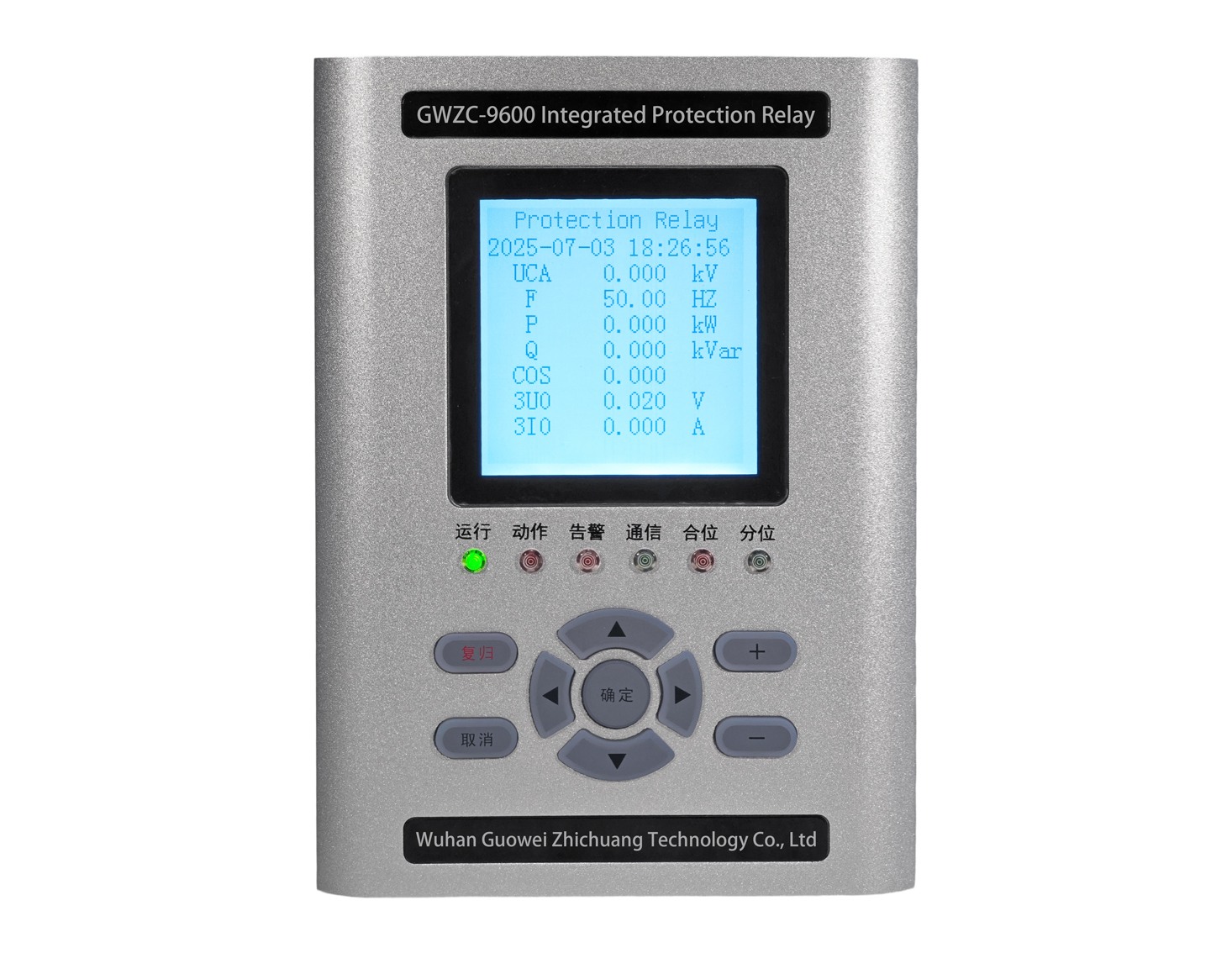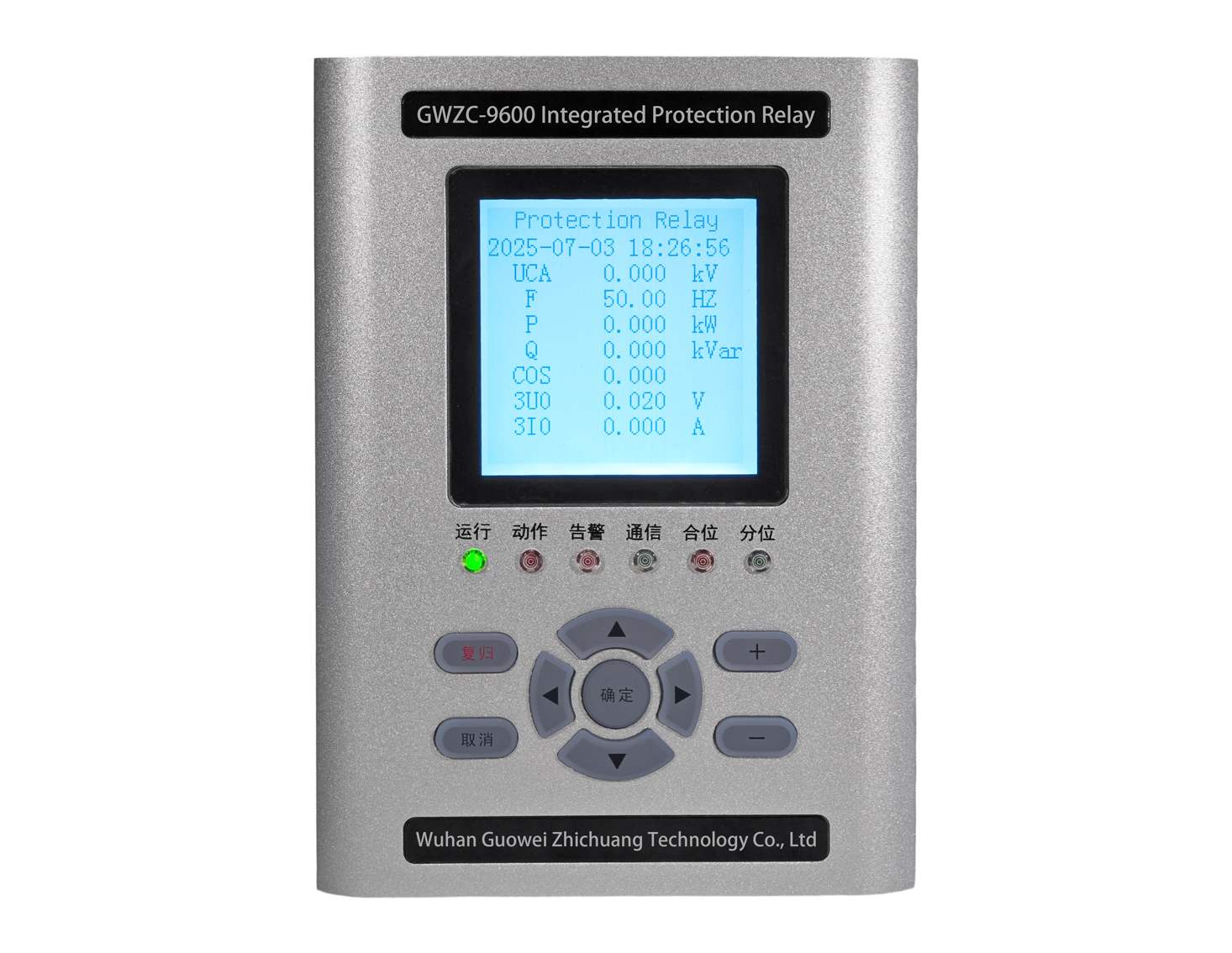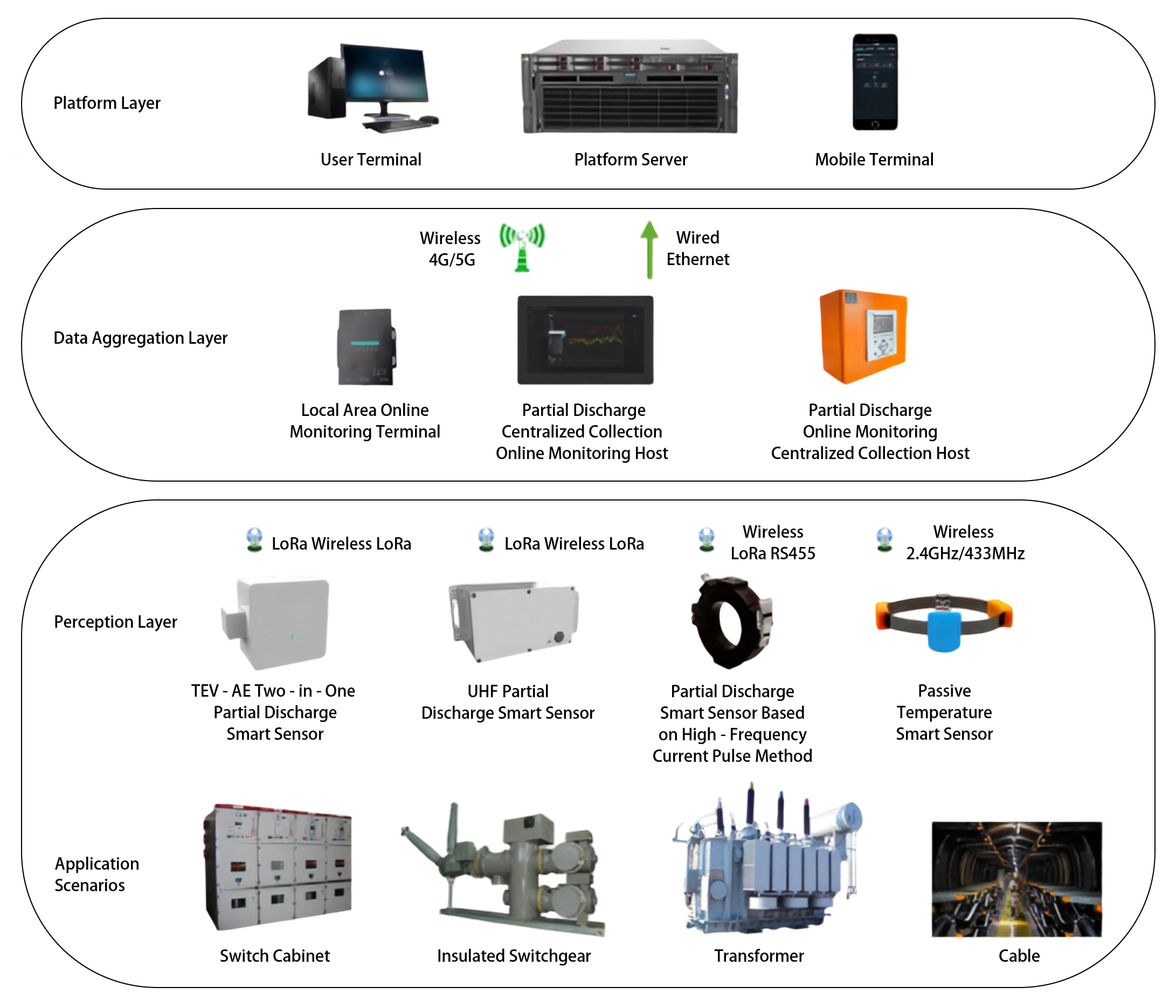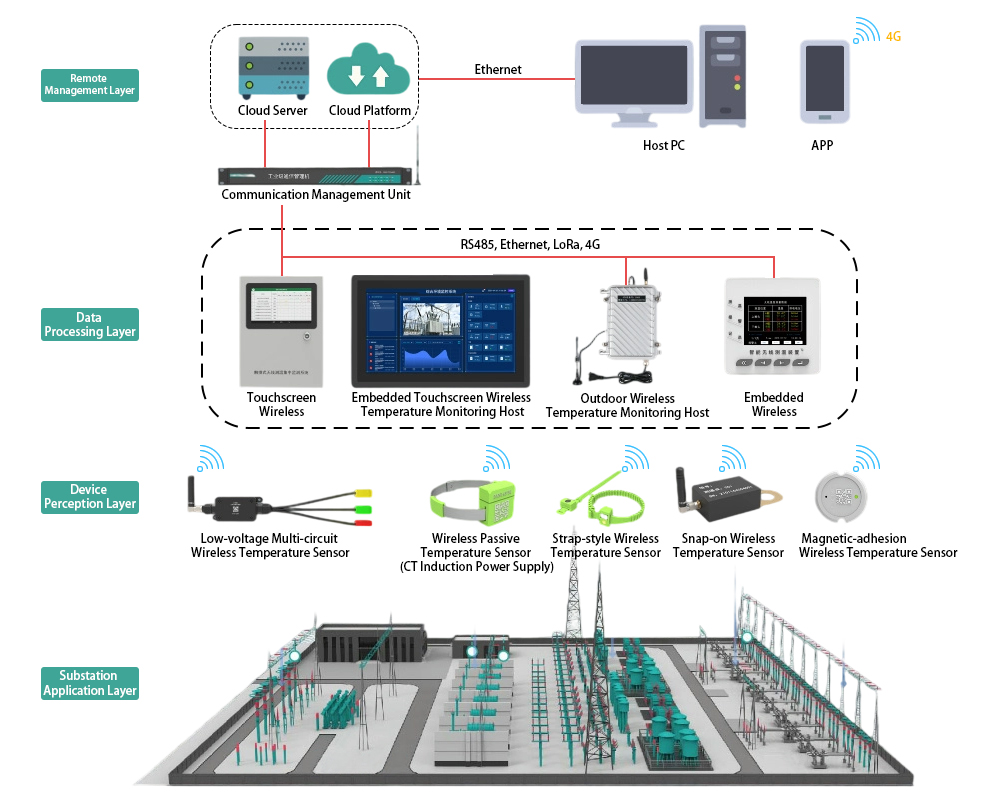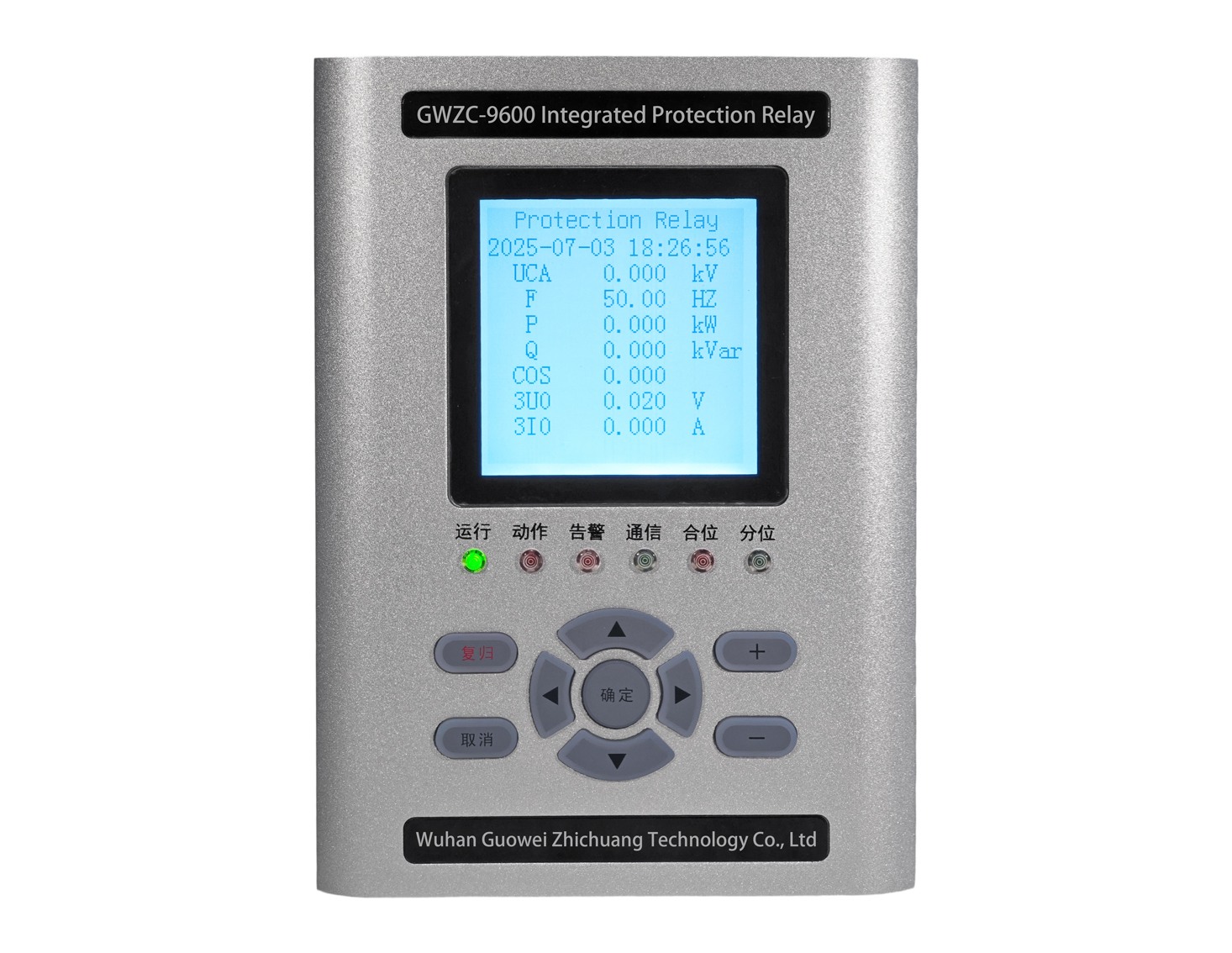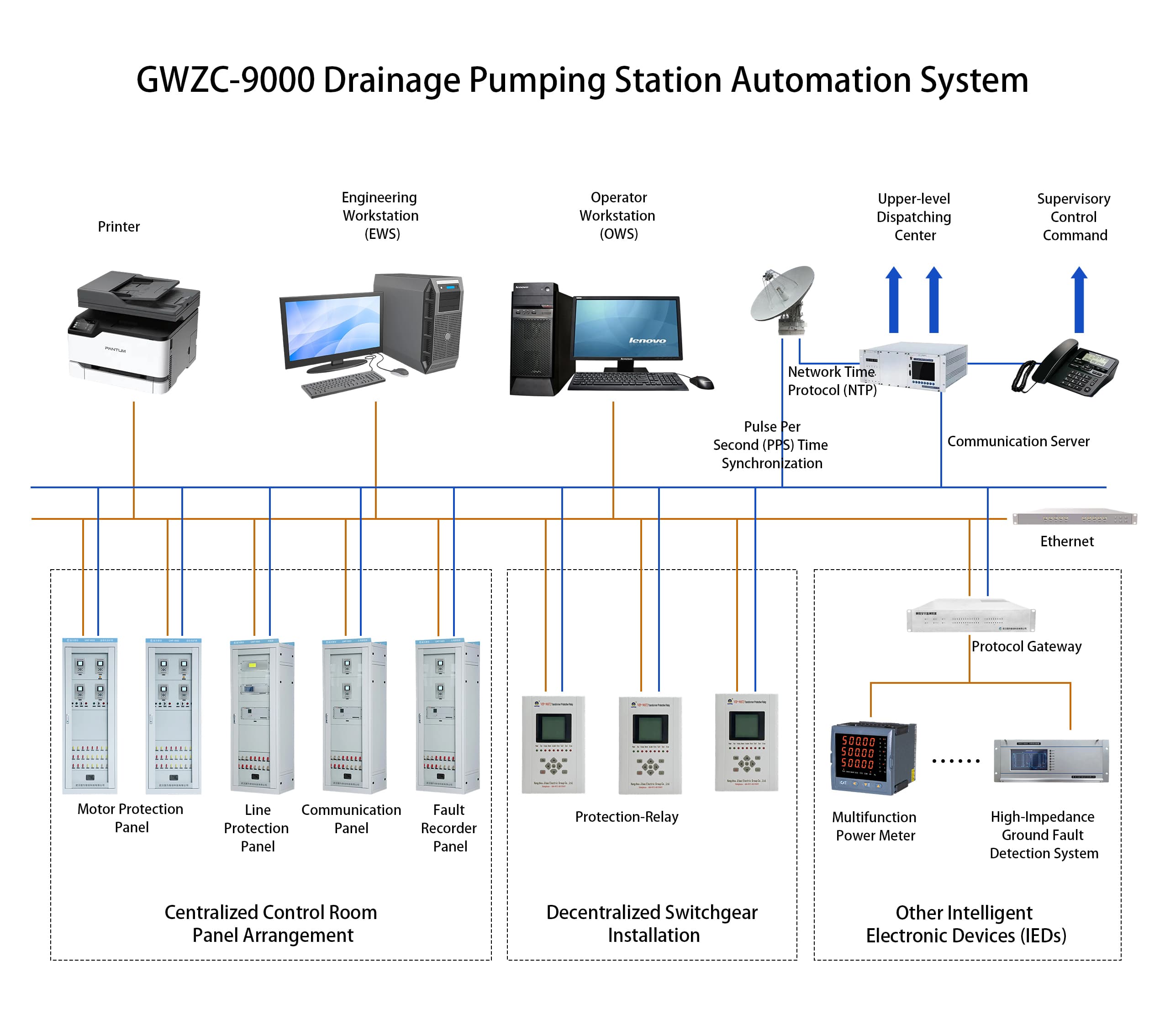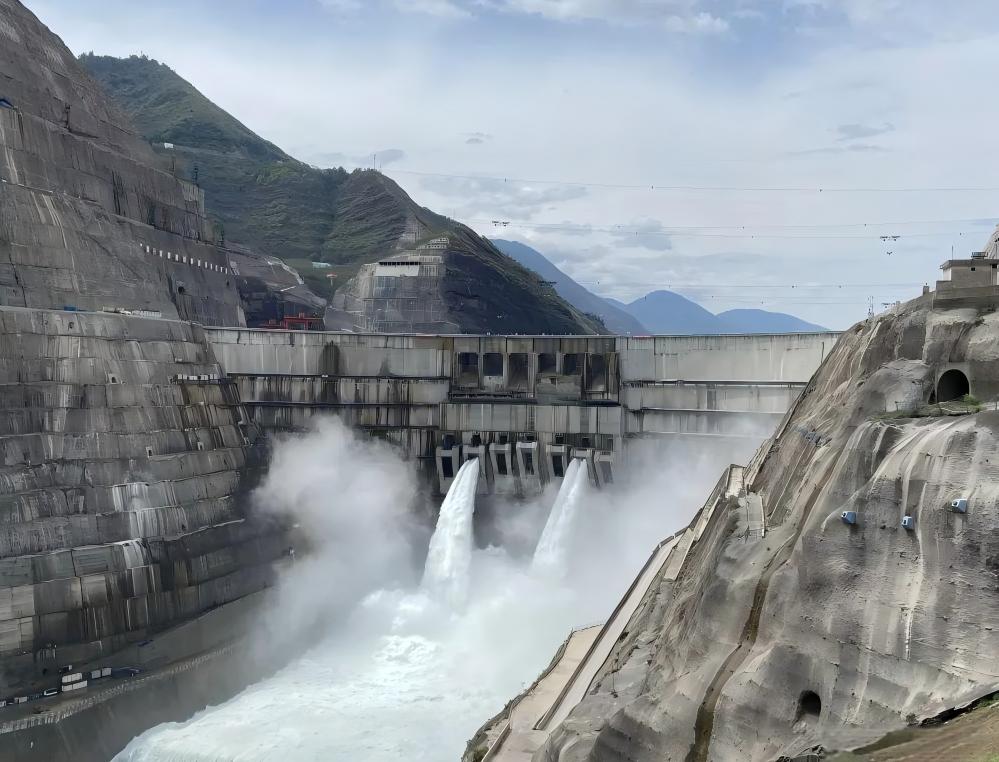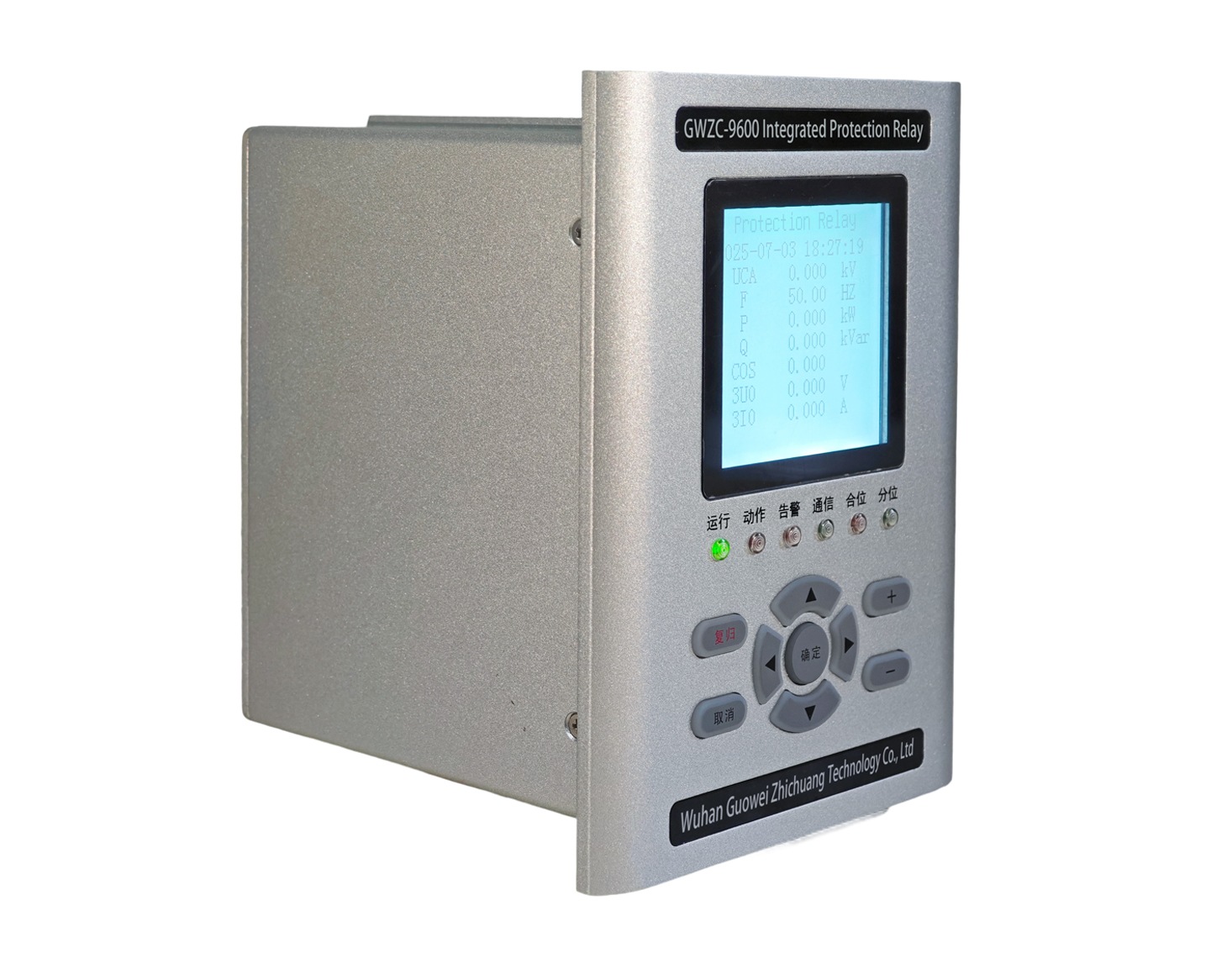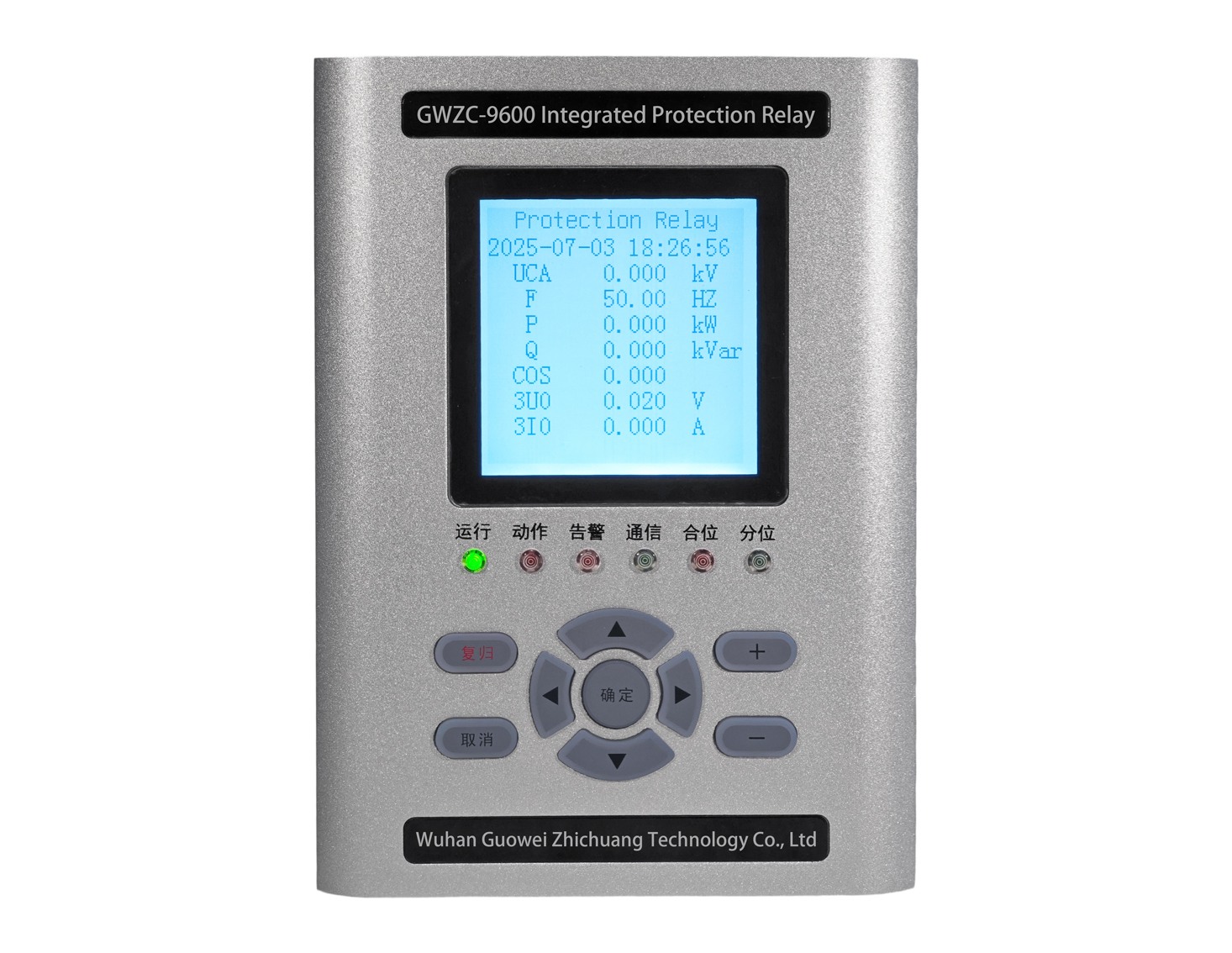
Electromechanical Era (1880s-1950s)
protection relays originated from simple fuses in the late 19th century. In 1901, the induction-type overcurrent relay was introduced, followed by ASEA (now ABB) launching the first time-delay overcurrent relay, TCB, in 1905, enabling graded protection. The current differential protection principle was proposed in 1908, and directional protection emerged in the 1910s. Distance protection was implemented in 1920, and power line carrier (PLC) protection technology achieved a breakthrough in 1927. In the 1930s, ABB introduced modular relay systems, and in the 1940s, harmonic restraint differential protection solved the issue of transformer inrush currents.
Static Relay Era (1950s-1970s)
Semiconductor technology drove the transition to electronic relays. In 1964, ABB launched the first transistor-based relay, and in 1968, Germany’s PILZ invented the two-hand control relay for safety applications. In the 1970s, integrated circuits enabled miniaturization, with ABB developing static busbar differential protection with an operating time of <10ms. By 1976, ultra-high-speed line protection achieved an operating time under 5ms. In 1978, LSI-based transistor timing relays were introduced.
Digital Protection Era (1980s-1990s)
In 1981, ABB released the first microprocessor-based line protection device, followed by the fully digital line protection system REL521 in 1986. In 1987, PILZ introduced the milestone emergency stop relay PNOZ. By the 1990s, 16/32-bit processors enhanced protection capabilities, and the IEC 61850 standardization process began.
Intelligent Era (2000s–Present)
Post-2000, protection devices integrated communication and monitoring functions. In 2010, ABB launched the Relion series, the first to support IEC 61850. Modern protection relays feature fault recording, condition monitoring, and wide-area protection, with AI algorithms now being applied. Protection systems have evolved into intelligent platforms combining protection, control, and monitoring.
